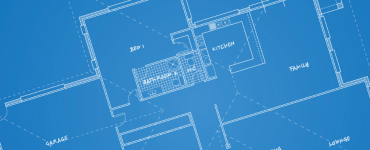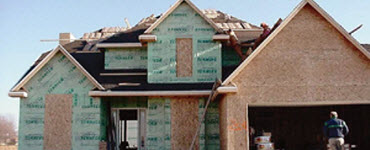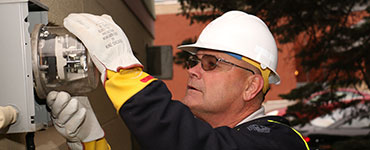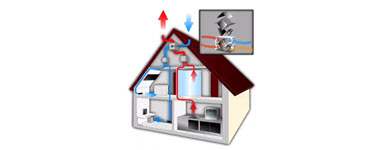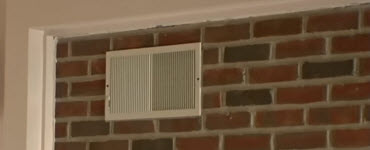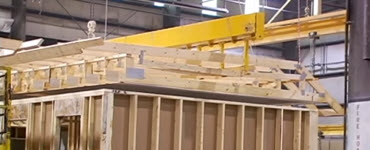Energy rater and performance consultant
Builders enlist help from energy raters and performance consultants to create the most energy-efficient house plans. This process starts with the framing, by looking for gaps and holes which occur due to wood not being uniform.
In phase two, they check insulation to ensure there is enough and that all the walls and the attic are properly covered.
In the final phase, devices are used to perform a multitude of tests to measure the energy efficiency of the house before the homeowner closes on their new home. Many energy-efficiency problems can be fixed by the builder before the closing date.
In this video: See how involving an energy rater during the planning phase ensures an energy efficient outcome for a new home.
Home Energy Rating System (HERS)
More from this category
Decoding building requirements
Learn about some of the changes for new homes built today. An expert highlights some of the things to consider when building a new home.
Finding an energy-smart builder
An energy-smart builder will help you make the right choices for your family and lifestyle.
Talk to your utilities
Before you break ground on a new house, give your utility companies a call. They can help you avoid unnecessary expenses and construction delays.
New home comfort issues
Geodesic domes
A geodesic design uses interconnected triangles to create a strong, environmentally friendly structure.
Trombe wall
Using the sun's stored energy to heat your home reduces your conventional energy consumption.
Historic preservation
A preservation expert shares how to restore an older home economically and energy efficiently.
Modular homes
Modular homes are built in a factory under controlled conditions, then shipped to the homesite and placed on a permanent foundation.


